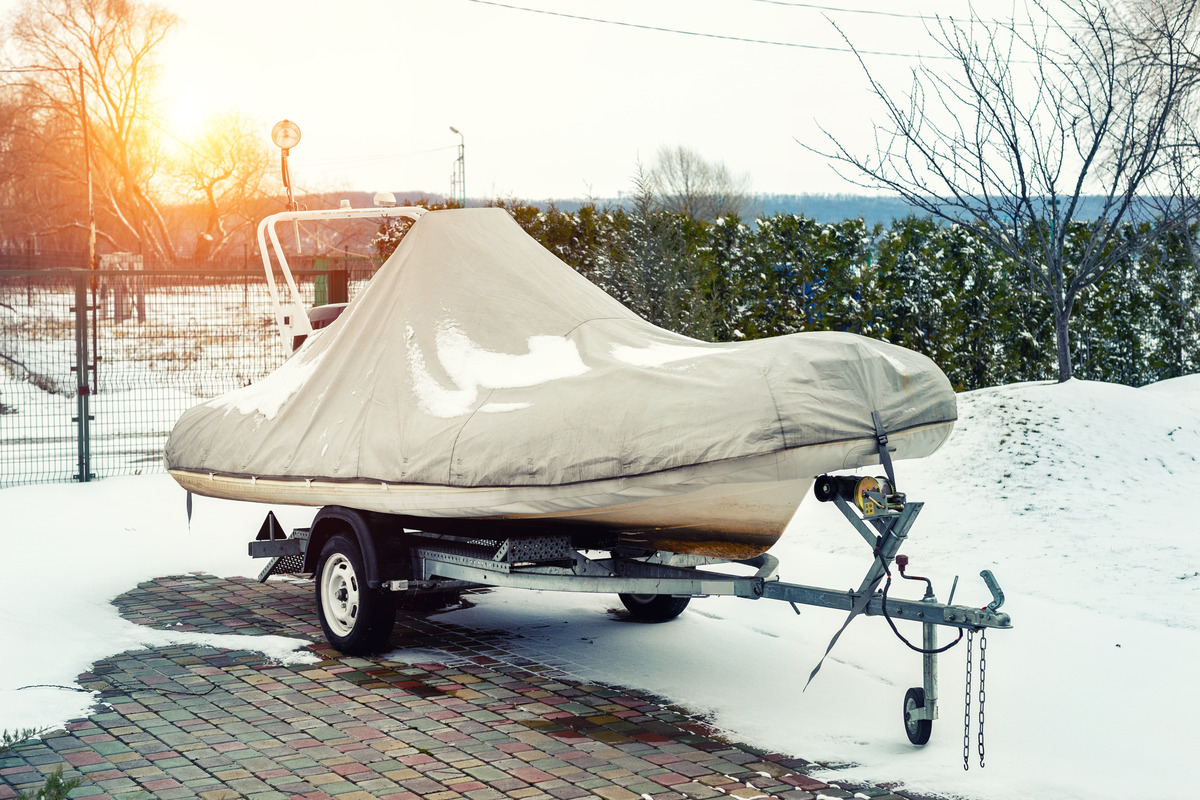Winter can be tough on both boats and their owners. Freezing temperatures present challenges that require preparation and continued maintenance to safeguard your investment. Understanding how to protect your boat from ice damage during winter is crucial for maintaining your vessel’s integrity and ensuring it’s ready when warmer weather returns. Learn the basic steps to keeping your boat safe from winter’s icy grip.
Inspect and Prepare Your Boat
Begin winterizing by inspecting your boat. Check the hull for existing cracks or damage, as even minor fractures can worsen when water freezes and expands. Drain all parts of your boat exposed to moisture, including the engine, plumbing systems, and storage compartments. Using nontoxic antifreeze in the plumbing and engine cooling system can prevent ice from forming and protect throughout winter.
Then seal any exposed areas or openings. Close and cover hatches, storage lockers, vents, and access points to keep snow, rain, and frost from accumulating in these areas.
Store Your Boat Properly
Store your boat in ways that protect it from elements like cold temperatures. Indoor storage is ideal, but when it’s unavailable, a high-quality cover designed for winter use can do the job. A durable, waterproof cover will shield the boat from snow and ice accumulation inside the boat. Use a cover that fits well and is tightly secured to protect against high winds and ice buildup.
For boats stored in the water, consider using a deicer to prevent ice from forming around the hull. Deicers prevent ice formation, which reduces pressure against the hull and other submerged sections of your boat. If your boat sits on a lift at your marina or dock, make sure you understand the dos and don’ts of boat lifts in winter to be fully prepared.
Conduct Regular Maintenance During Winter
During the winter, nature does not stop, and neither does maintenance on your boat. Inspect your vessel periodically to check for signs of moisture buildup, water pooling, or cracks on the exposed surfaces. Clear any snow or ice from the boat cover promptly to prevent strain on the structure due to heavy weight from snow accumulation. Addressing these issues quickly prevents minor problems from turning into major repairs.
Consider Environmental Variables
Cold weather isn’t the only factor to prepare for when winterizing a boat. Boat owners face challenges with strong winds, heavy snow, and fluctuating water levels in the winter. But choosing the right location to store your boat can make all the difference. Shelter your watercraft in areas away from winds, if possible, and use your knowledge of your region to find safe and suitable spots.
Boats stored in water should avoid areas prone to thick ice buildup or tidal freeze conditions, since ice pressure against your boat can cause damage. Use your local boating community as a resource for storage recommendations to protect your vessel.
Summing Up the Essentials
Gaining knowledge on how to protect your boat from ice damage during winter avoids expensive repairs and extends the life of your vessel. Take precautions such as draining the water systems, properly storing your boat, performing consistent maintenance, and accommodating environmental conditions to save time, money, and stress. Use these strategies to safeguard your boat and enjoy peace of mind knowing it’s ready to launch again when spring rolls around.

